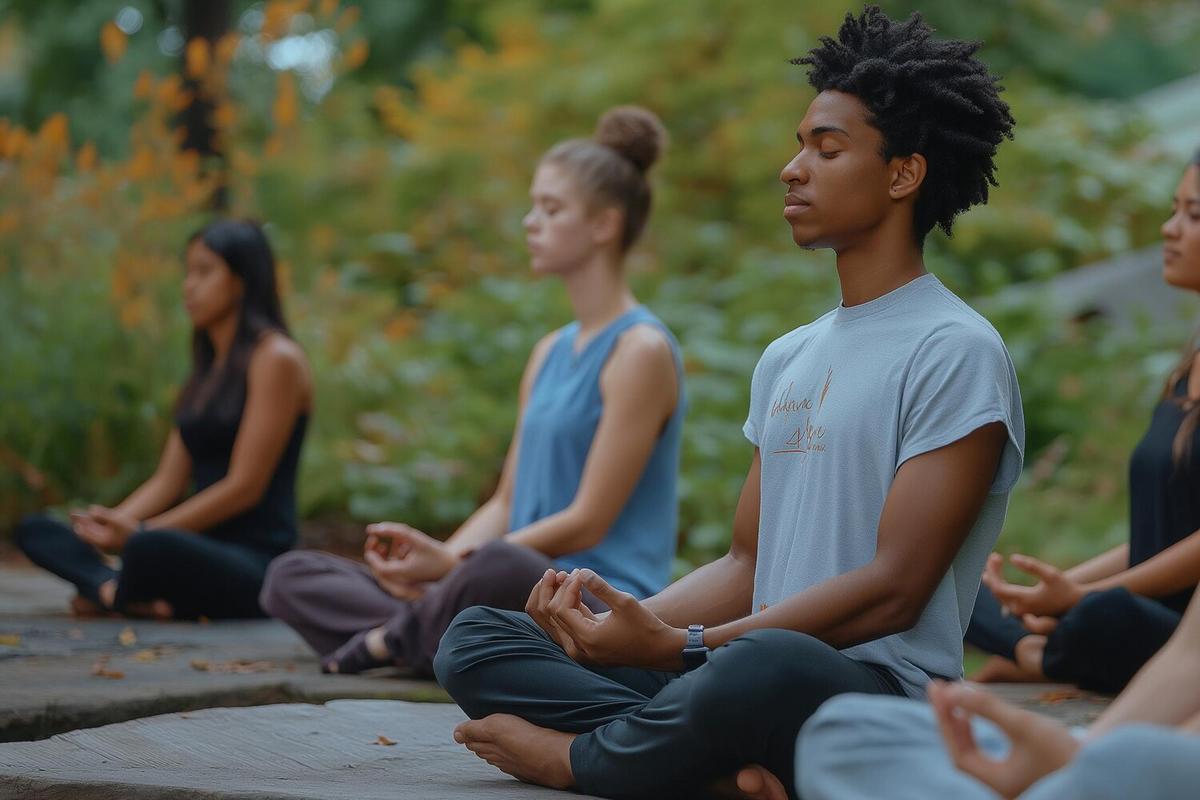
Yoga for Mental Clarity: Poses and Practices
Yoga has long been celebrated for its ability to bring peace and balance to our lives, but its impact on mental clarity is particularly profound. This ancient practice offers a myriad of poses and techniques that can clear the mind, enhance focus, and promote a sense of well-being.
Embracing Yoga for Mental Clarity
Yoga is more than just physical exercise; it’s a mental discipline that can transform the way we think and feel. According to Dr. Emma Seppälä, a psychologist and author, yoga can significantly enhance mental clarity and emotional resilience. This is supported by research from the Harvard Medical School, which indicates that regular yoga practice can improve concentration and reduce stress.
Poses for Mental Clarity
Incorporating specific yoga poses into your routine can help clear mental fog. Here are a few poses to consider:
- Tree Pose (Vrksasana): This balancing pose focuses the mind and enhances concentration.
- Warrior II (Virabhadrasana II): Opens the chest and lungs, promoting deep breathing and mental focus.
- Child’s Pose (Balasana): A restorative pose that calms the mind and relieves stress.
| Pose | Benefits |
|---|---|
| Tree Pose | Improves focus and balance |
| Warrior II | Enhances concentration and stamina |
| Child’s Pose | Reduces stress and anxiety |
| Downward Dog | Boosts circulation and energy |
| Lotus Pose | Encourages a meditative state |
| Bridge Pose | Supports relaxation and mental clarity |
| Mountain Pose | Grounds the body and mind |
| Seated Forward Bend | Calms the mind |
Integrating Mindfulness with Yoga
Mindfulness practices such as focused breathing and meditation can amplify the benefits of yoga. Practitioners suggest dedicating five minutes before or after your yoga session to simple breathing exercises. This can establish a calm mental state, making it easier to transition into or out of your yoga practice.
Personal Experiences with Yoga
Many individuals have found solace in yoga during stressful periods. For example, James, an entrepreneur, shared how yoga helped him navigate the anxiety of managing his startup. He credits his newfound focus and clarity to a regular yoga routine, which includes morning sessions of Sun Salutations and evening relaxation poses.
Frequently Asked Questions
How often should I practice yoga for mental clarity?
Consistency is crucial. Aim for at least three times a week to start noticing improvements in mental clarity.
Can beginners benefit from yoga for mental clarity?
Absolutely. Yoga is accessible to all levels, and beginners can experience significant mental benefits.
Is there a particular time of day that’s best for yoga?
While mornings can set a focused tone for the day, evenings can help unwind and clear the mind. Choose a time that fits your schedule.
Conclusion
Incorporating yoga into your daily routine can profoundly impact your mental clarity and overall well-being. By embracing specific poses and integrating mindfulness, you can cultivate a more focused, calm, and balanced mind. Start small, stay consistent, and explore the transformative power of yoga for mental clarity.


